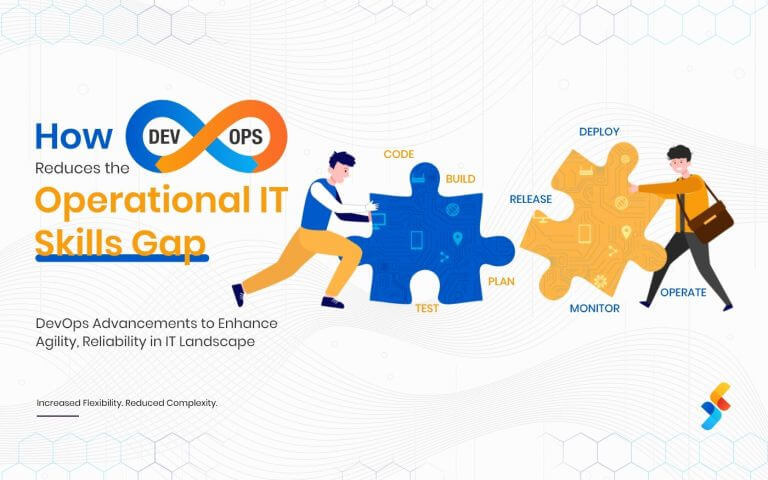Our Case Studies
Our Clients




























Success Stories
Logics LLC, USA
We have been continually working with technology experts at Successive. I appreciate them looking at our infrastructure to provide suggestions and I’m very impressed with their growth in recent years.
Ben Van Zutphen
Founder & CEO
CRE Models, USA
We worked on our first project 6 years ago, our business invests in real estate technology companies and we use their services for all the subsidiary companies that we invest in. I highly recommend them for any requirement you may have in the technical world.
Mike Harris
Managing Director
EWP, USA
When we first got in touch with Successive, we were looking to develop a sophisticated search technology integrated with an AI software system. It was a highly complex project that required a lot of adroitness which is exactly what Successive provided us with.
Myles Levin
President
PlayBetr, USA
We have been delighted working with Successive Digital. They helped us achieve and exceed our business goals. From Laravel, Json, Node to any technology or feature, the team delivered extreme standardization, excellence, and streamlined automation. Thumbs up to Sid and his team.
Marvin Jones
Director
Frontier Precision, USA
The process of Successive Digital is extremely smooth and commendable. I loved the upfront communication, well-organized sprints and immersive documentation, especially the Redmine system, to track daily progress easily. We are looking forward to working with Successive on our upcoming projects too.
Chad Minteer
CEO
Display Now, USA
I am extremely grateful to Successive Digital for being a wonderful and strategic partner. The team promptly understood the concept, took daily mockups, presented a comprehensive set of specifications, turned them into designs and built a scalable solution. It’s been awesome working with you guys












